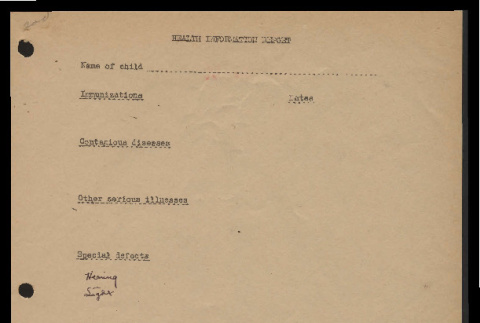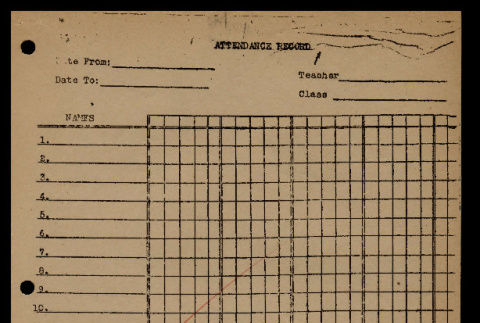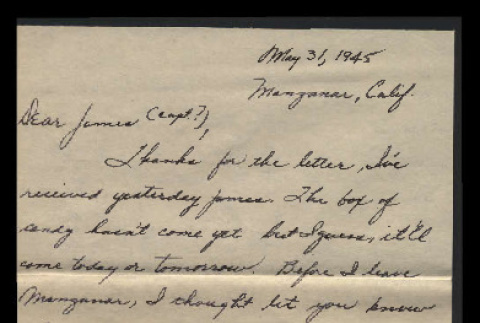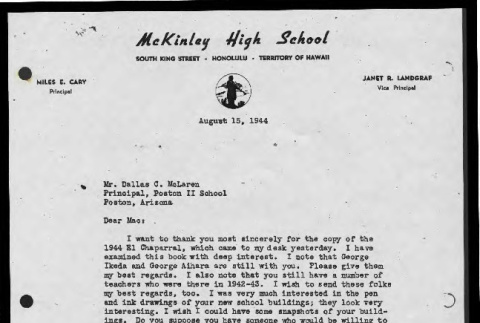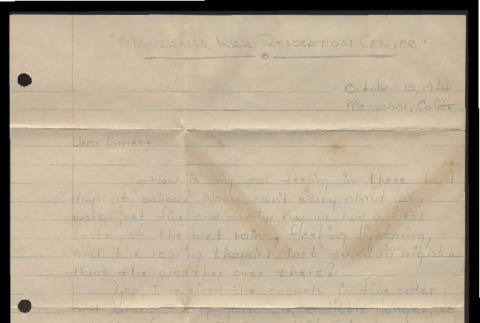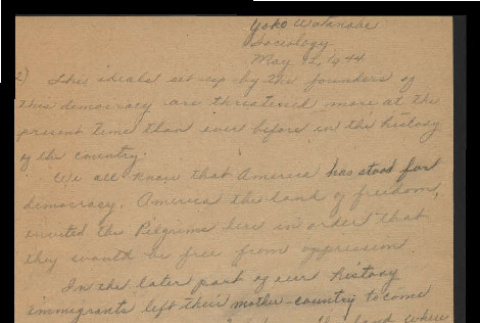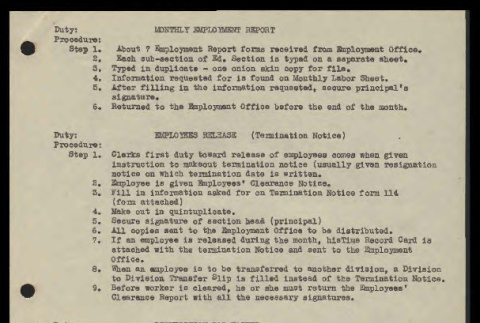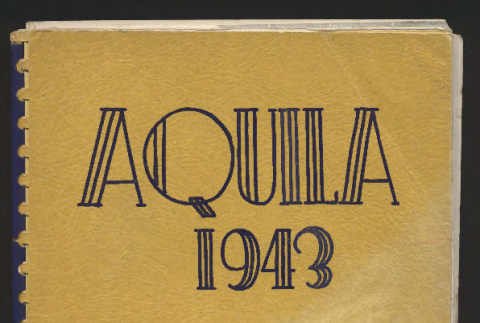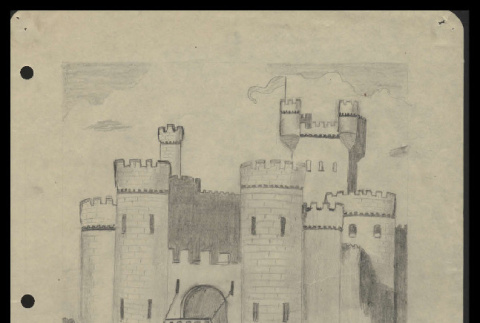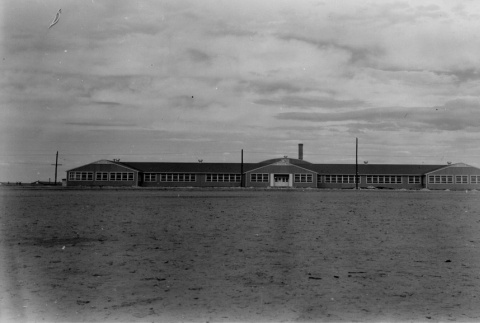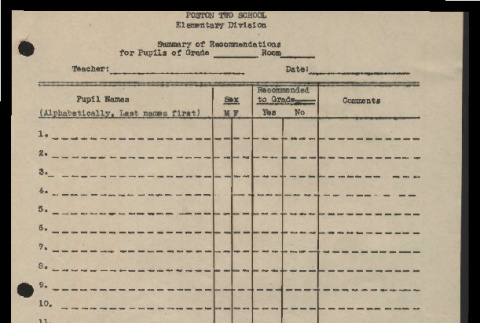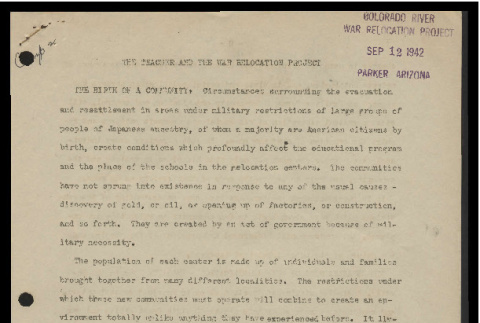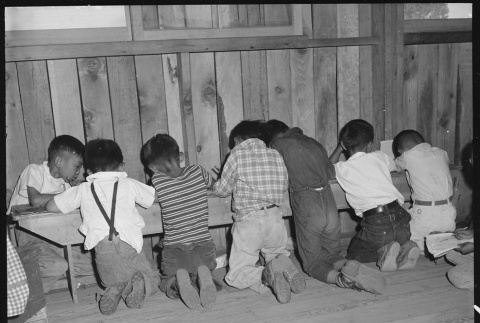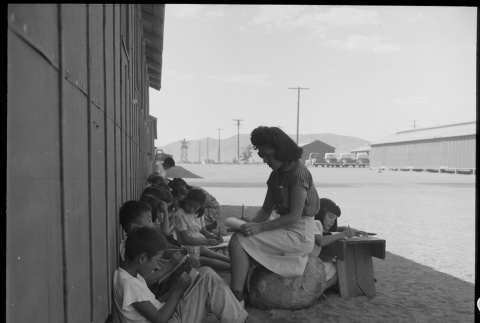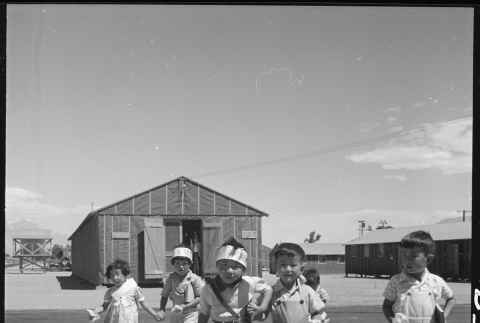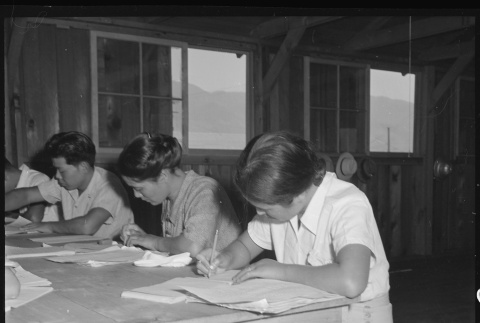Education
Schools were quickly organized in the concentration camps, but they suffered from crude facilities and lack of teaching materials. Instruction was given for nursery through high school, and adult education was offered. Trained teachers were in short supply, however, and uncertified Japanese Americans with college degrees often filled in. The War Relocation Authority (WRA) deliberately emphasized Americanization in the education program. Some found it painfully ironic to watch incarcerated youth recite the Pledge of Allegiance.
World War II
(231)
Concentration camps
(1434)
Education
(1448)
1448 items
1448 items

img
Charles Martel (ddr-csujad-55-2535)
Illustrated portrait of Charles Martel created for a World History class at an incarceration camp, probably Minidoka or Heart Mountain camp. See this object in the California State Universities Japanese American Digitization project site: sac_jaac_2642
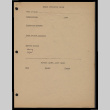
doc
Health information report (ddr-csujad-55-1789)
Health information report form for data on immunization, diseases, other serious illnesses, defects, and height and weight. See this object in the California State Universities Japanese American Digitization project site: sac_jaac_1792
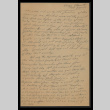
doc
Sociology essay (ddr-csujad-55-1925)
Sociology essay by George Okamoto for a class assignment at Tri-State High School at Tule Lake incarceration camp. Covers democracy and racial prejudice. See this object in the California State Universities Japanese American Digitization project site: sac_jaac_1928

doc
Attendance record (ddr-csujad-55-1780)
Blank school attendance record for Poston incarceration camp. See this object in the California State Universities Japanese American Digitization project site: sac_jaac_1783

doc
Letter from Leo Uchida to Capt. James Waegell, May 31, 1945 (ddr-csujad-55-2332)
Correspondence from Leo Uchida to James Waegell regarding Uchida's plans to travel from Manzanar incarceration camp to Maryland to be with his family, high school graduation, and other family updates. See this object in the California State Universities Japanese American Digitization project site: sac_jaac_2438
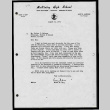
doc
Letter from Miles. E Cary, Principal, McKinley High School, Honolulu, to Mr. Dallas C. McLaren, Principal, Poston II School, August 15, 1944 (ddr-csujad-55-1877)
Correspondence from Miles E. Cary to Dallas McLaren regarding receipt of "El Chaparral." See this object in the California State Universities Japanese American Digitization project site: sac_jaac_1880
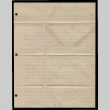
doc
Letter from Leo Uchida to Mr. James Waegell, October 10, 1944 (ddr-csujad-55-2333)
Correspondence from Leo Uchida to James Waegell regarding Uchida's schooling and daily life at Manzanar incarceration camp and inquiring about life in Florin, California during World War II. See this object in the California State Universities Japanese American Digitization project site: sac_jaac_2439
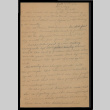
doc
Sociology essay (ddr-csujad-55-1916)
Sociology essay written by Yoko Watanabe for a class assignment at Tri-State High School at Tule Lake incarceration camp. Covers racial issues and democracy. See this object in the California State Universities Japanese American Digitization project site: sac_jaac_1919

doc
Commencement Tri-State High School Class of 1944 (ddr-csujad-55-225)
Commencement program for Tri-State High School's graduating class of November 1944. Includes names of administrators, officers, graduating seniors, and a schedule of events for the graduation ceremony. See this object in the California State Universities Japanese American Digitization project site: sac_jaac_0227
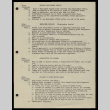
doc
Monthly employment report (ddr-csujad-55-1809)
List of procedures for completing a monthly employment report, employee release (termination), requisition for workers, filling in time record cards, and a monthly labor sheet record. See this object in the California State Universities Japanese American Digitization project site: sac_jaac_1812
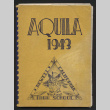
doc
Aquila 1943 (ddr-csujad-55-2677)
Aquila 1943 Yearbook, Tri-State High School. Tri-State High School opened its doors to 2400 students on September 14, 1942. See this object in the California State Universities Japanese American Digitization project site: sac_jaac_2841
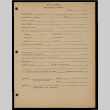
doc
Poston II School registration of events (ddr-csujad-55-1802)
Event registration form for use by Poston II Schools at Poston incarceration camp. See this object in the California State Universities Japanese American Digitization project site: sac_jaac_1805
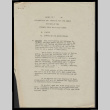
doc
Manual of directions, self-analysis and inventory for high school students at the Colorado River Relocation Center (ddr-csujad-55-1834)
Instructions for administering the Self-Analysis and Inventory to high school students at Poston incarceration camp. See also sac_jaac_1836 and sac_jaac_1838 for report and questionnaire. See this object in the California State Universities Japanese American Digitization project site: sac_jaac_1837

img
Castle (ddr-csujad-55-2529)
Illustration of a castle for a World History class at an incarceration camp, probably Tule Lake camp. See this object in the California State Universities Japanese American Digitization project site: sac_jaac_2636

img
Amache high school (ddr-csujad-55-1327)
Black and white photograph depicting the high school building at Amache incarceration camp. See this object in the California State Universities Japanese American Digitization project site: sac_jaac_1329
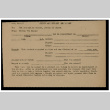
doc
Clinic appointment and report, Att. Form 7 (ddr-csujad-55-1754)
Blank form for school health clinic appointment and report at Poston II school at Poston incarceration camp. See this object in the California State Universities Japanese American Digitization project site: sac_jaac_1756
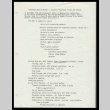
doc
Notations made by Dallas C. McLaren, Principal, Poston Two School (ddr-csujad-55-1685)
Notes created by the principal of Poston II school at Poston incarceration camp. Includes a to-do list for setting up the school, meeting notes, supply lists, and faculty responsibilities for school government. See this object in the California State Universities Japanese American Digitization project site: sac_jaac_1687

doc
Student campus pass, Att. Form 6 (ddr-csujad-55-1755)
Blank form permitting students to leave the classroom at Poston II school at Poston incarceration camp. See this object in the California State Universities Japanese American Digitization project site: sac_jaac_1757
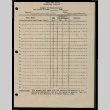
doc
Summary of recommendations for pupils (ddr-csujad-55-1798)
Form for summary of teacher recommendations for Poston II Elementary School at Poston incarceration camp. See this object in the California State Universities Japanese American Digitization project site: sac_jaac_1801
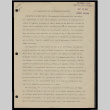
doc
Teacher and the War Relocation project (ddr-csujad-55-1735)
Essay on teachers and the War Relocation Project. Covers the history and activities of the War Relocation Authority and Relocation Centers, evacuation ("mass removal"), consumer enterprises, role of schools in the incarceration camps, WRA educational policy, educational program, relation of incarceration camp schools to public school systems, school population and organization, selection of personnel, school program, …
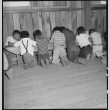
img
Third-grade students (ddr-densho-151-32)
Original WRA caption: Manzanar Relocation Center, Manzanar, California. Third grade students working on their arithmetic lesson at this first volunteer elementary school. School equipment was not yet available at the time this photograph was taken.
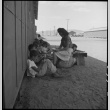
img
Elementary school students (ddr-densho-151-33)
Original WRA caption: Manzanar Relocation Center, Manzanar, California. An elementary school with voluntary evacuee attendance has been established with volunteer evacuee teachers, most of whom are college graduates. No school equipment is as yet obtainable and available tables and benches are used. However, classes are often held in the shade of the barrack building at this …
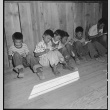
img
Japanese Americans in makeshift classroom (ddr-densho-151-368)
Original caption: Manzanar Relocation Center, Manzanar, California. An elementary school with voluntary attendance has been established with volunteer teachers, most of whom are college graduates. These young evacuees are eager to learn and do not mind the lack of equipment.
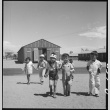
img
Students walking to barracks (ddr-densho-151-360)
Original caption: Manzanar Relocation Center, Manzanar, California. Pre-school children on the way to their barrack homes from morning class at this War Relocation Authority center for evacuees of Japanese ancestry.

img
Japanese Americans taking citizenship classes (ddr-densho-151-407)
Original caption: Manzanar Relocation Center, Manzanar, California. Part of a class under the Adult Education Program at this War Relocation Authority center. It is composed of Issei and Kibei evacuees who are studying the Ideals of American Citizenship and the English language with which they are unfamiliar. There are 18 such classes, each averaging 20 volunteer …

